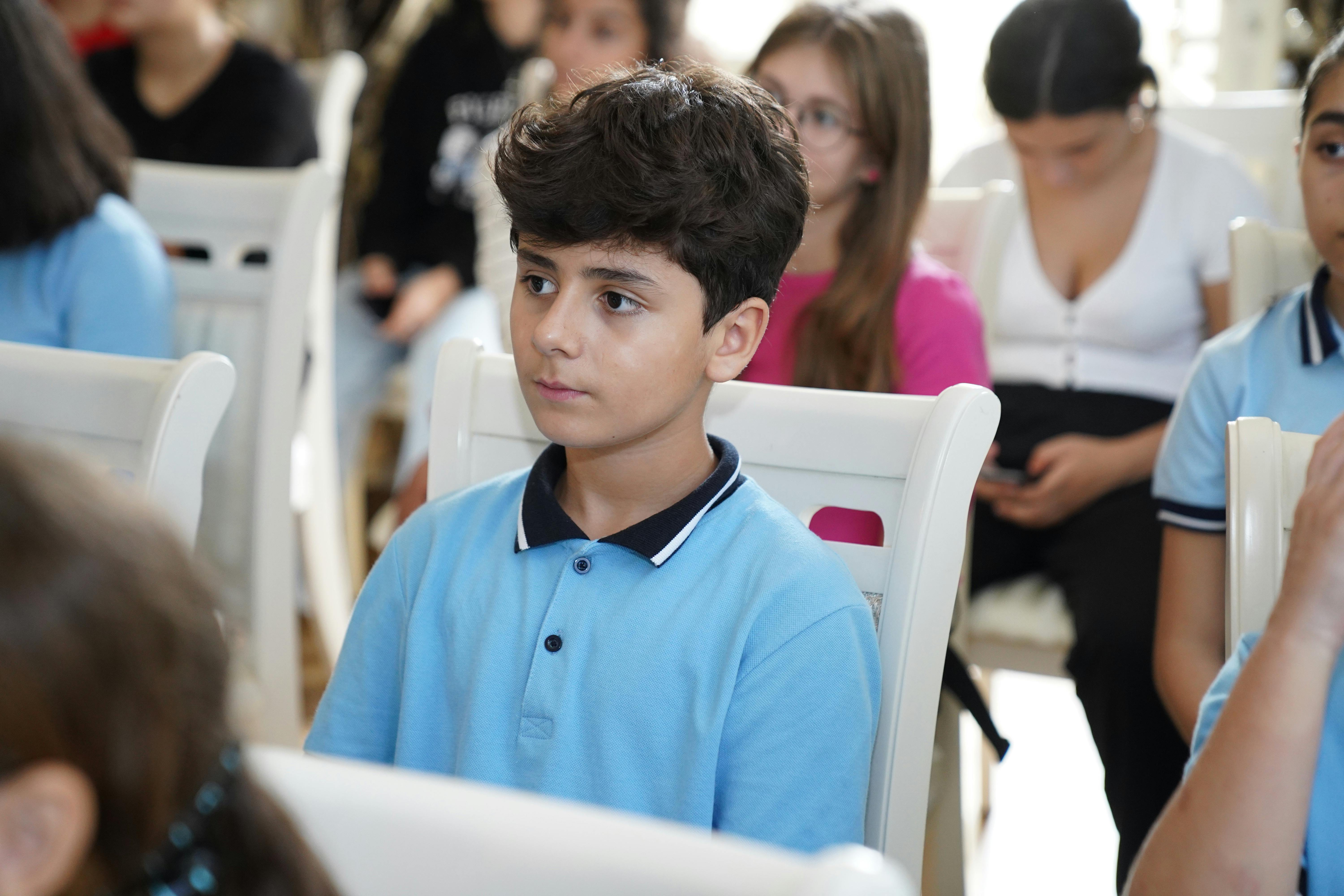
The world around us is overflowing with information. There’s so much to consume on every subject imaginable, from scientific theories to socio-cultural factors impacting our everyday lives.
The concern is that a lot of this information is probably inaccurate and misleading.
The Pew Research Center finds that around 59% of people globally feel that fake news and information are a considerable problem.
Interestingly, only 19% of the people surveyed in Singapore feel it is a big issue. It represents the smallest share among all the countries considered.
These statistics indicate that the media landscape in Singapore is more reassuring. However, they also warrant continued attention to prevent the situation from heading south.
Here are four ways to inspire a fact-checking mindset in children, arguably the change drivers of tomorrow.
1. Highlight the Difference Between True and Fake Sources
Children can find it tough to understand why they cannot trust what they read online. Or even in a physical, printed book. Trust comes more naturally than mistrust, especially to impressionable minds. A good way to encourage kids to check facts is to teach them which sources are genuine.
For example, Straits Times is considered a dependable media outlet for Asia-based news. The Singapore Government publishes and maintains a list of trusted websites spanning areas like healthcare, crime prevention, and event listings.
In contrast, fake sources of information are more likely to have bias or highlight promotional material. Kids can learn to identify fake websites with confidence using the following checks:
- Does the content promote a product or service as the best or only solution for your problem?
- Can you spot spelling mistakes or grammatical errors on the website?
- Who seems to benefit from this content (for example, a specific business)?
Identifying the veracity of a source can be complicated. However, helping children develop an early understanding can motivate them to become more informed global citizens as they grow older.
2. Discuss Real-Life Cases of the Havoc of Misinformation

Small children usually learn better from examples than plain vanilla theories. Examples of events that actually happened can ingrain a concept much more deeply than several lectures focused only on concepts.
For inspiring fact-checking, parents can share relevant examples where misinformation led to big problems.
Singapore is no stranger to the problem of misinformation, anyhow. In 2024, the government ordered a block on ten websites that were circulating fake news using local-sounding and local-appearing media.
One of these websites falsely alleged that Singapore allowed foreign countries to conduct biological warfare research locally. Talking to children about how they cannot trust information just because they read it online will be crucial to handle such covert attacks of propaganda.
Examples from the health and wellness industries can be useful to create recall value for children. Subjects like going to the doctor for treatment or using personal care products for hygiene are often dinner table conversations.
For example, some manufacturers peddle products like vaginal mesh, alleging that it can treat incontinence problems. However, TorHoerman Law notes that many of them neglect to reveal the possible side effects, such as infection and pain.
It exemplifies how a lack of completeness in the shared information can also equal misinformation.
Based on a student’s learning style, teachers and parents can build real-life examples, such as visual imagery or audio clips.
An adaptive teaching approach that evolves with the student’s understanding can have the maximum impact.
3. Provide Opportunities to Develop Skepticism

A UC Berkeley study revealed a fascinating insight into how children’s minds work in fact-checking. It found that children who were exposed to unreliable circumstances in controlled settings developed scepticism. It allowed them to think critically and learn not to accept things based on how they appear.
In day-to-day life, giving children the opportunity to question their surroundings can sharpen their fact-checking skills.
For example, parents can ask informal questions after reading a book, such as, “What did you think about the character’s actions?” Or, after watching a video, you could ask them, “How do you know that is true?”
These activities can also be an excellent way to build parental involvement, encouraging children to learn and explore with more confidence. Over time, kids will learn that asking questions is important and helps them understand concepts in depth.
It is even more crucial in educational environments where educators may be dismissive of conversational or interactive environments in the classroom.
4. Participate in Media Literacy Classes
A concrete, structured program to raise media awareness among young children may be just what the world needs in these times.
A Milieu Insight survey found that four in five Singapore students want their schools to offer media literacy classes. All these students are under 18.
A prime advantage of such programs is the entertaining and engaging manner in which they deliver the lessons. For example, students can learn to identify online scams through simulated games.
They can also experience how convincing deepfakes can be, thus staying more aware of strangers who call them and pretend to be someone they know.
Singapore’s Ministry of Education emphasizes the significance of the National Digital Literacy Programme launched in 2020 for schools and higher education institutes.
This programme employs a “Find, Think, Apply, Create” framework to impart skills like digital responsibility and safety. The Media Literacy Council also plays a key role in this landscape, encouraging cyber wellness among the larger public.
Such programs can help young children become more aware digital consumers who know how to ferret out facts. It is worthwhile bringing this up with the school authorities if they don’t emphasize these skills as part of a 21st-Century curriculum.
Some parents choose to enrol their children in separate media literacy classes if the school does not provide them. Even creative digital projects completed as a family can prove enlightening and impactful.
For example, imagine recording a podcast together with your children. It presents an opportunity to raise several questions, from what sources to use to how best to explain the subject to the desired audience.
When it comes to skill development in children, early starts can make an immense difference. Young children now access digital tools, such as tablets, much more frequently. As their realm of information expands, so must their ability to discern.
The above approaches can equip parents and educators to partner with their children as they learn to access information in more informed ways.
